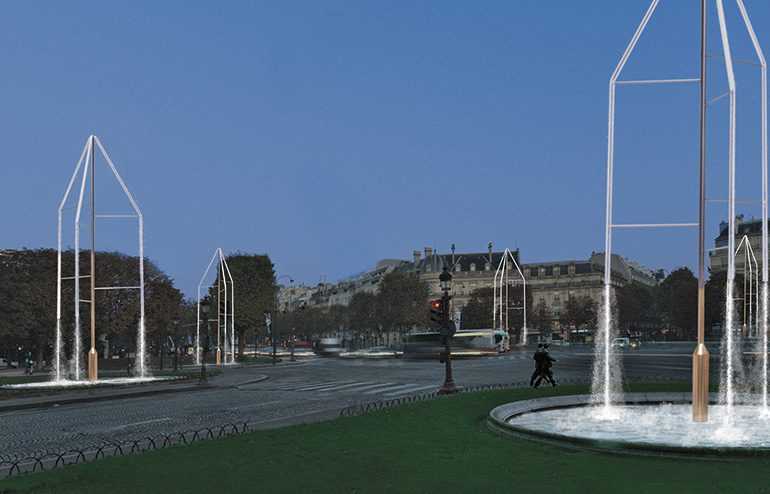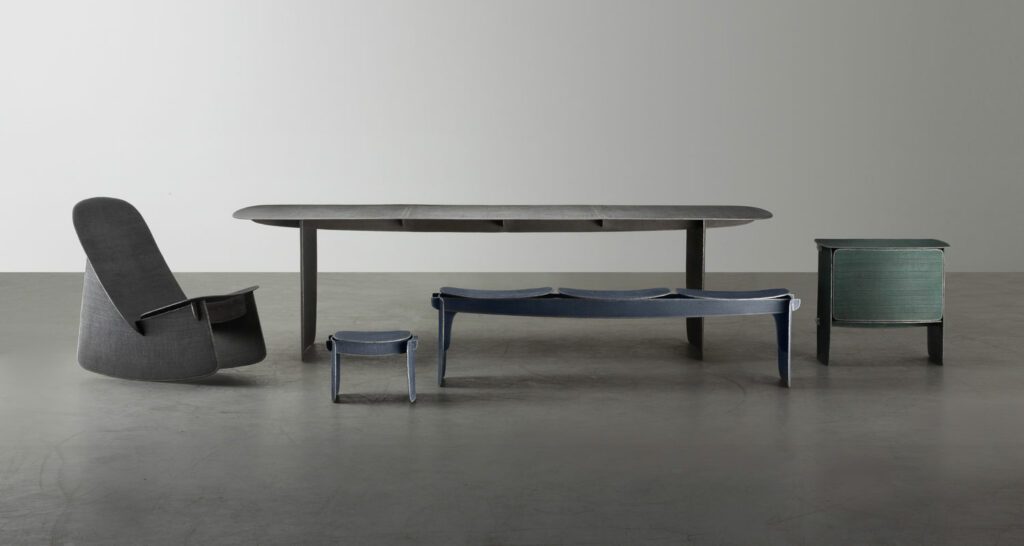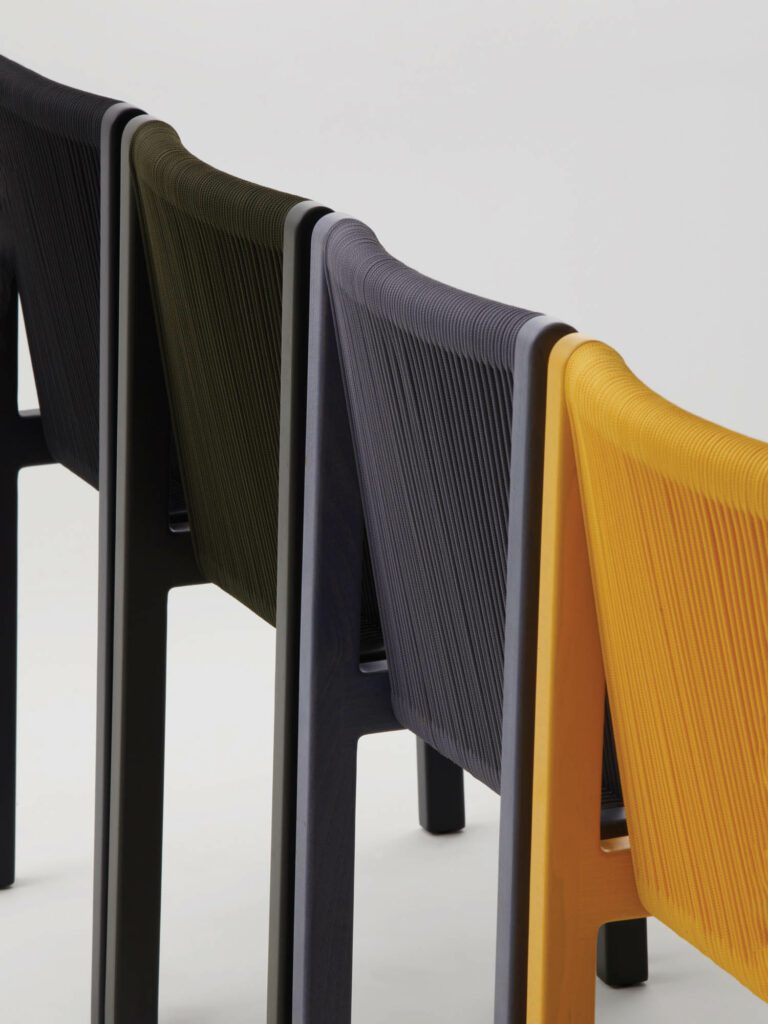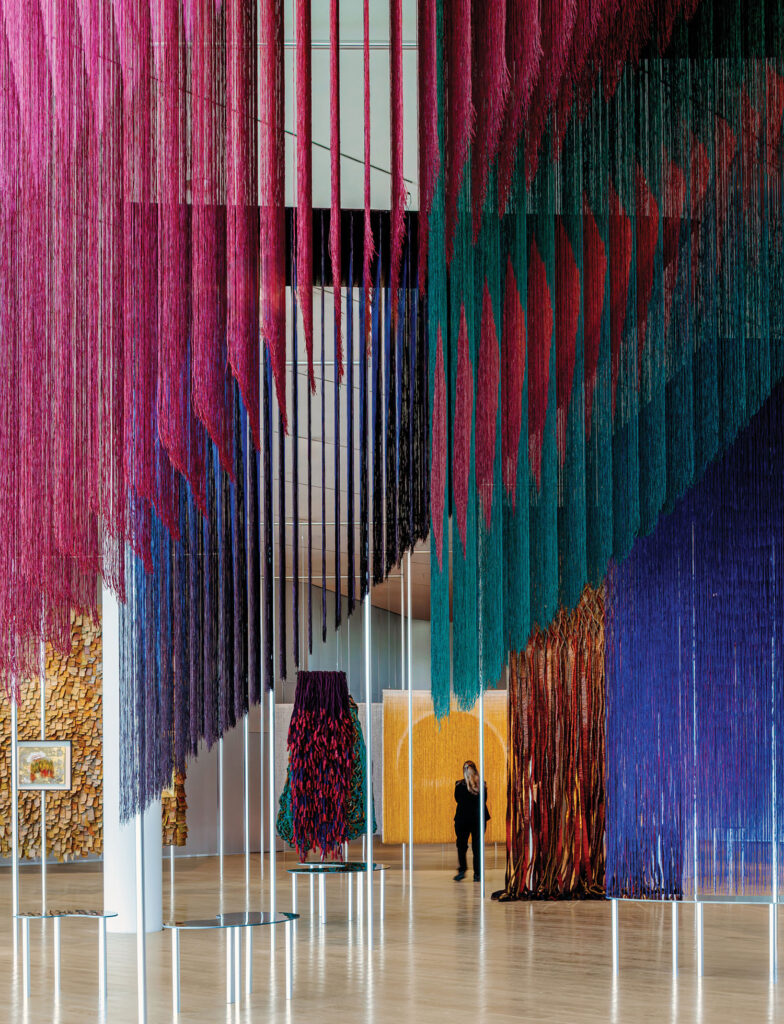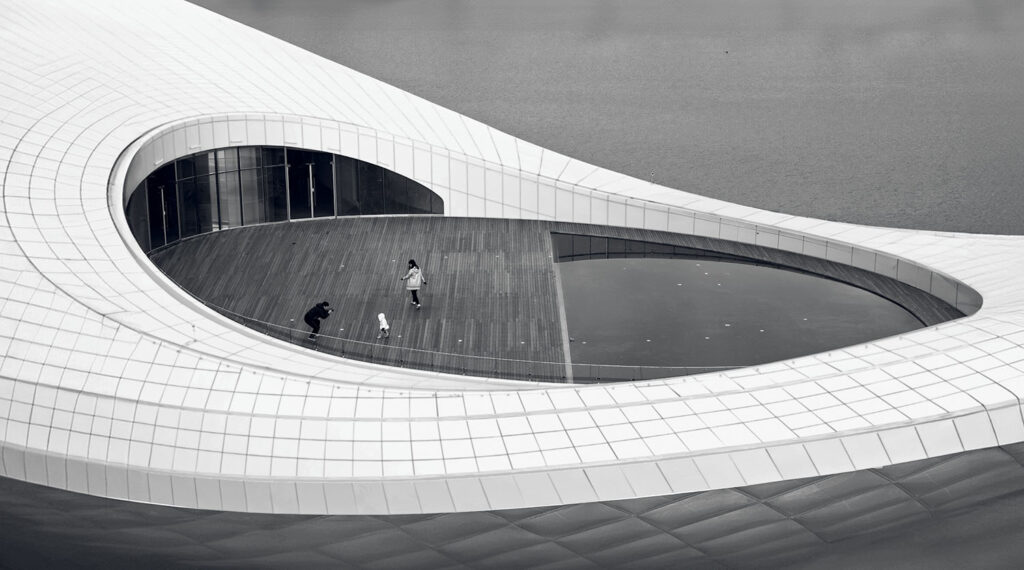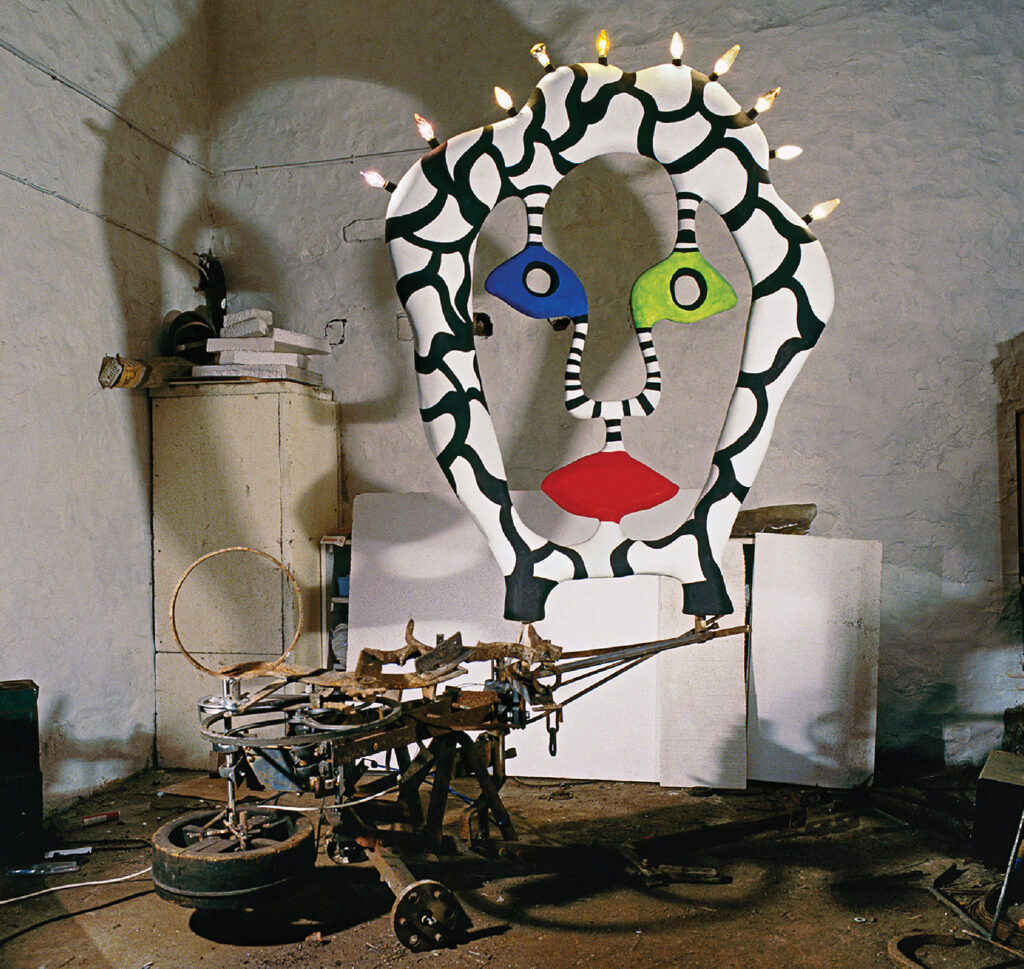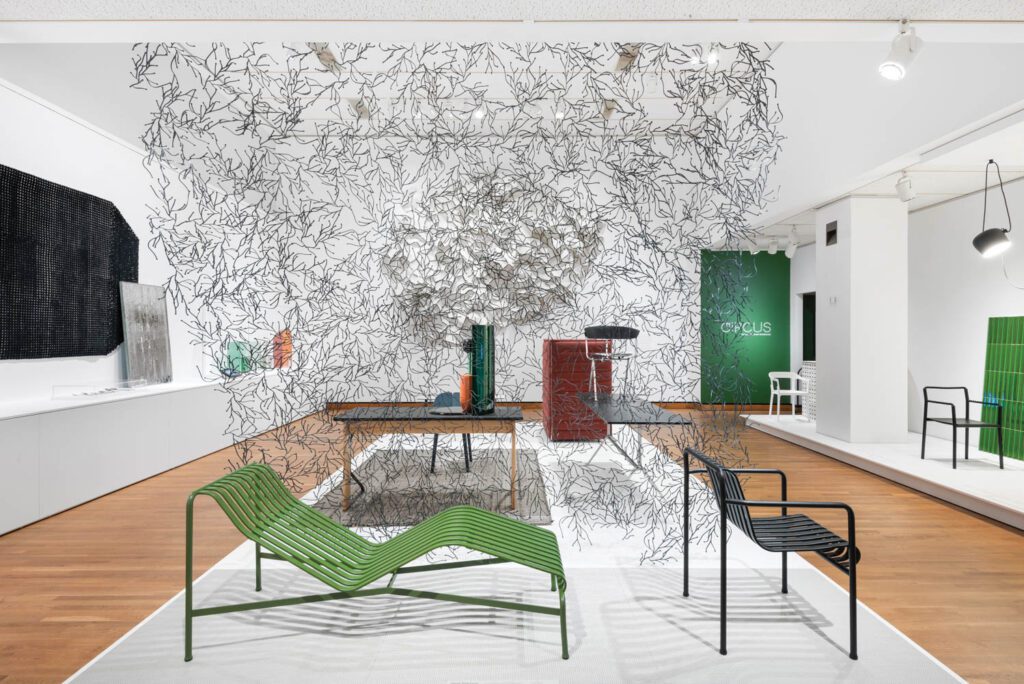
A Retrospective of Ronan and Erwan Bouroullec’s Career Opens in Philadelphia
For more than two decades, the atelier of the Paris-based Studio Bouroullec has played an integral role in defining the culture of product design. Since their first big break with Lit Clos, a cabinet bed for Cappellini in 2000, brothers and co-CEOs Ronan and Erwan Bouroullec have created no-nonsense, quietly revolutionary products for such brands as Kartell, Vitra, Hay, and Magis, as well as collectible works for the revered Galerie kreo. As one of the most sought-after firms anywhere today, their work has diversified over time, taking advantage of Erwan’s technical expertise and Ronan’s artistic hand.
Even during this pandemic period, the Bouroullecs have continued to elevate their simple, colorful, and honest forms with new products, interiors, installations, and honors. This includes creating the public interiors and furnishings for Tadao Ando’s Bourse de Commerce–Pinault Collection contemporary art museum in Paris; a new bench and table for Emeco; vases done for tile-maker Mutina in collaboration with ceramics brand Bitossi; Ronan Bouroullec’s first-ever solo show of 2-D artworks at kreo this fall; a new showroom in Los Angeles, the fourth for longtime client Kvadrat; and “Circus: Bouroullec Designs,” a retrospective of their work that runs through May at the Philadelphia Museum of Art, occasioned by winning the institution’s 2021 Collab Design Excellence Award. Vacationing in the Swiss Alps over the holiday season, Erwan Bouroullec spoke with us about the exhibition, the latest Kvadrat showroom, and how he and his older brother are confronting a new era in design.
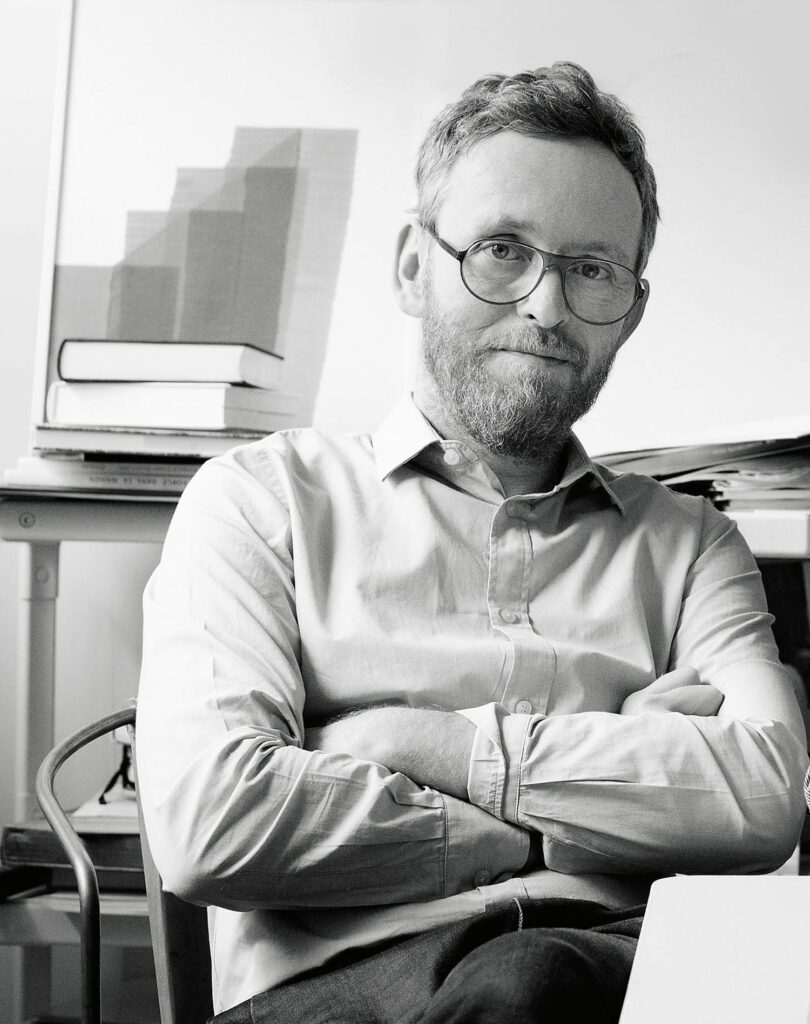
Interior Design: What spurred the exhibition at the Philadelphia Museum of Art?
Erwan Bouroullec: Actually, it was very simple: You get your award, so you have to do an exhibition [laughs]. It had been delayed a few times due to COVID. We wanted to make a kind of show that gives the public a quite broad viewpoint of our work, so we brought in a number of pieces. Some are quite old, some are recent. It’s about showing the diversity of our work. I think that’s something particular to us. We work project by project; we never think about creating a red thread between what we’ve been designing.
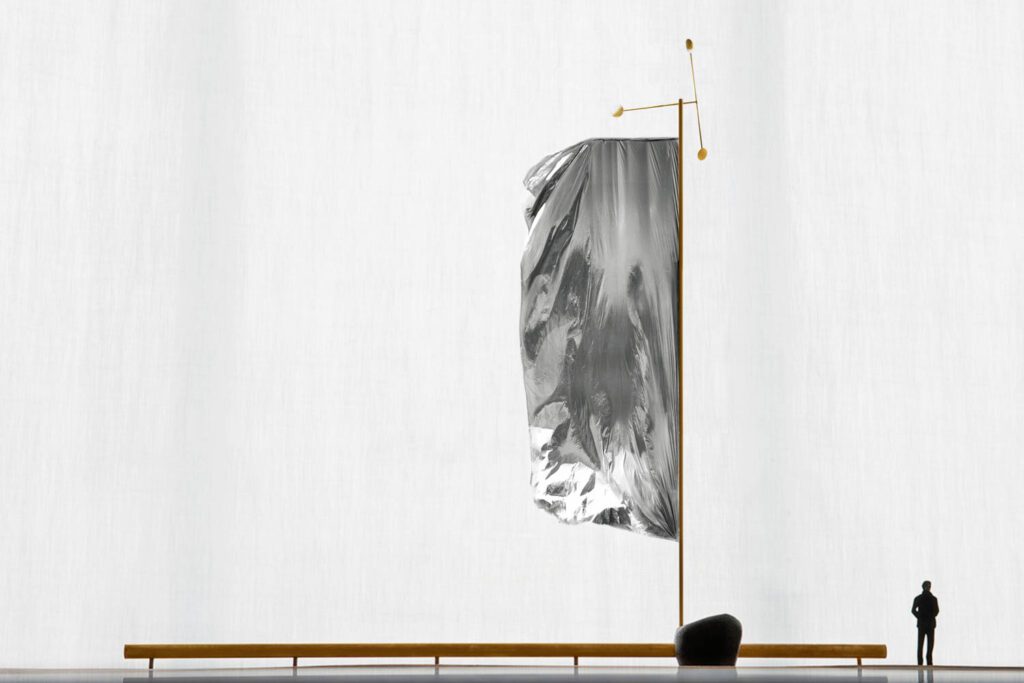
ID: The modular Clouds screen for Kvadrat and the weblike Algues for Vitra are standouts in the show. Have you been surprised by the success of these products?
EB: There’s something very particular about Algues: I wouldn’t do this project today because it’s probably one of the worst uses of plastic one could conceive. Plastic becoming fake algae? There’s a lot of controversial meaning inside it today, which at the time wasn’t the same. A big part of our work is designing things that need to be designed, but in which the typology is well identified. But another part of our job has been to dig into conceptual behavior. Algues and Clouds were a part of that.
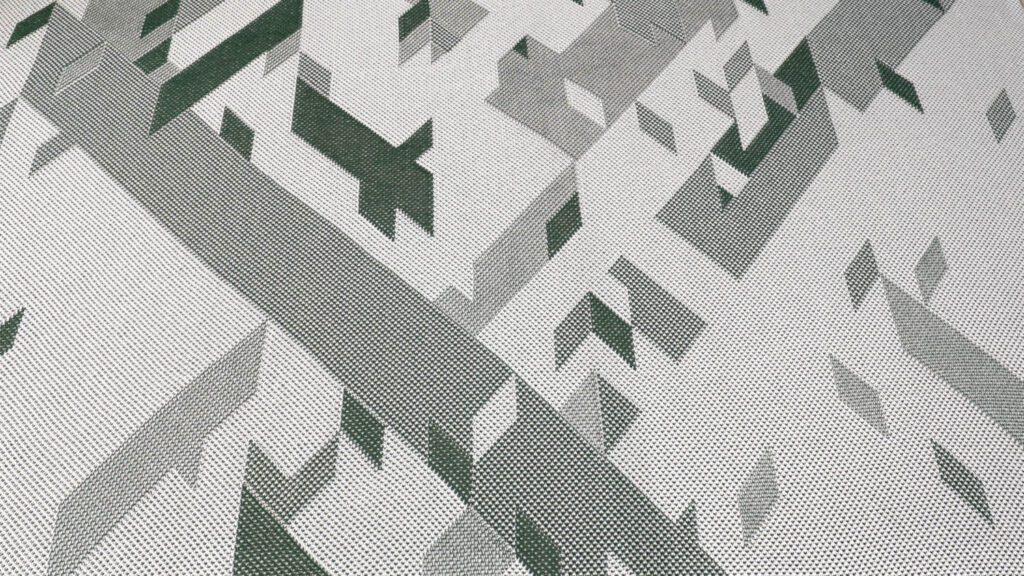
ID: What do you want visitors to understand about your work?
EB: Something I especially like about our work is that, on the one hand, there’s a certain fantasy, a vision about spaces that you can live in. But I call nearly all our projects “transparent,” since most of the time you can clearly identify the materials they’re made from and how they’ve been assembled. I love the fact that some of them are very dreamy while being incredibly raw and hardcore on the making end.
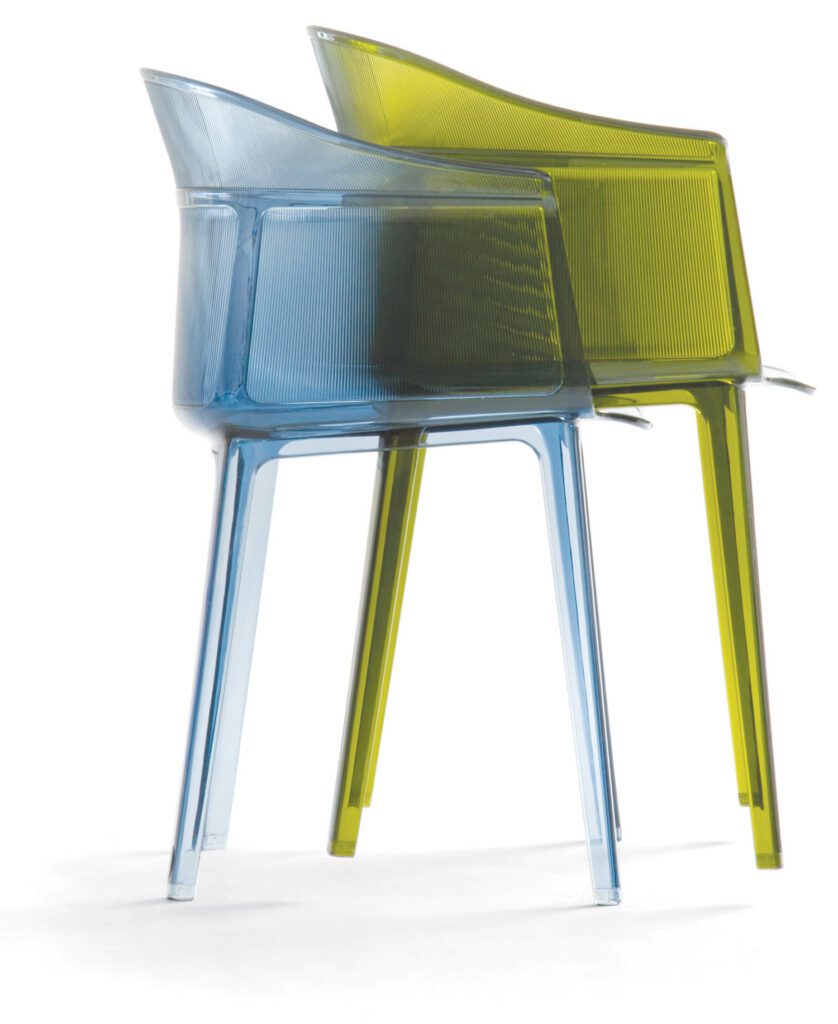
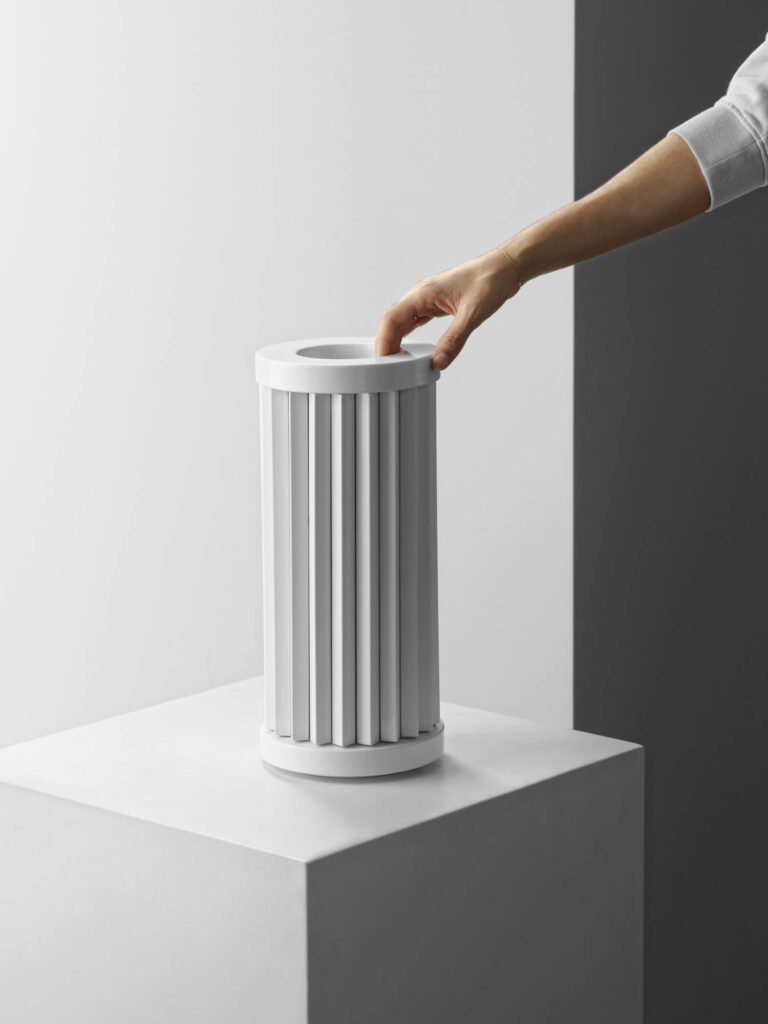
ID: You’ve created spaces for Kvadrat before. What makes the L.A. one unique?
EB: We had a big white cubic volume; inside it we built a kind of house made with timber sourced from Canada and assembled on-site. Something I like is that the neighborhood it’s in, the Arts District, has these very old brick buildings, with spaces that have been transformed multiple times since they were first built. We were looking to bring a part of the Kvadrat culture to L.A., rather than trying to mimic something that’s considered local. Key to creating a space that’s right for the brand was about showing the textiles well, so that visitors can experience them. To me, that’s an important task. It’s not incredibly fancy if you compare it to a restaurant or something like that. It’s a raw space that connects to the idea that the textiles are inherently an unfinished product.
ID: Has the pandemic altered the way you work?
EB: It’s changed a lot of things, some for the good. Everyone has been thinking a little more about how we consume, what things are made of. It makes me think of our Truss collection for Emeco, which is very raw—there’s that word again—and a sign of where I would like to get to in the end.
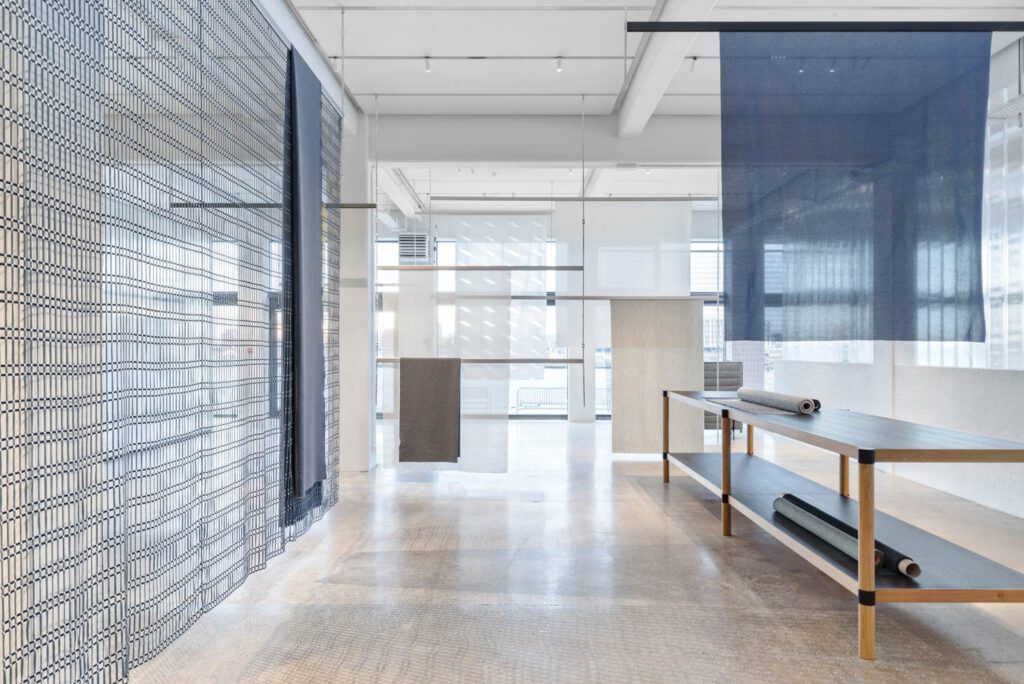
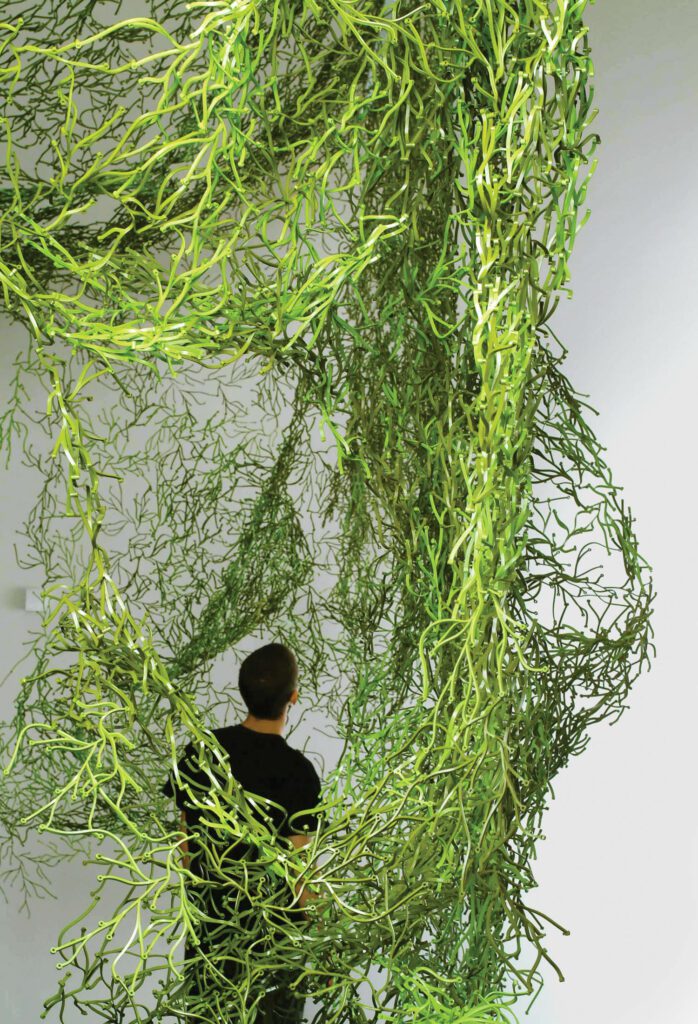
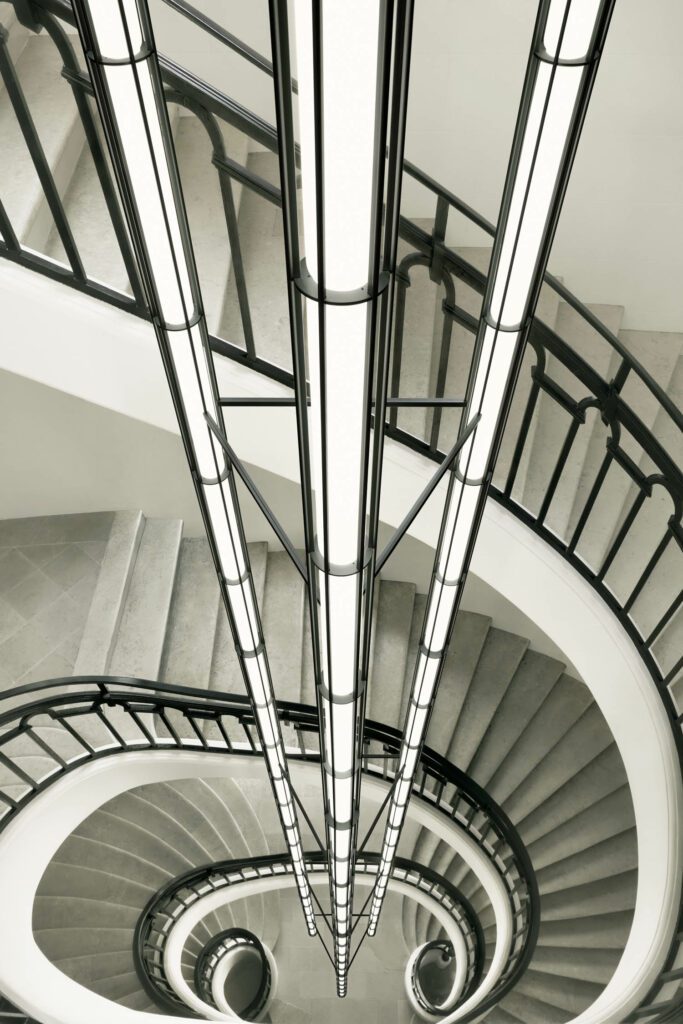

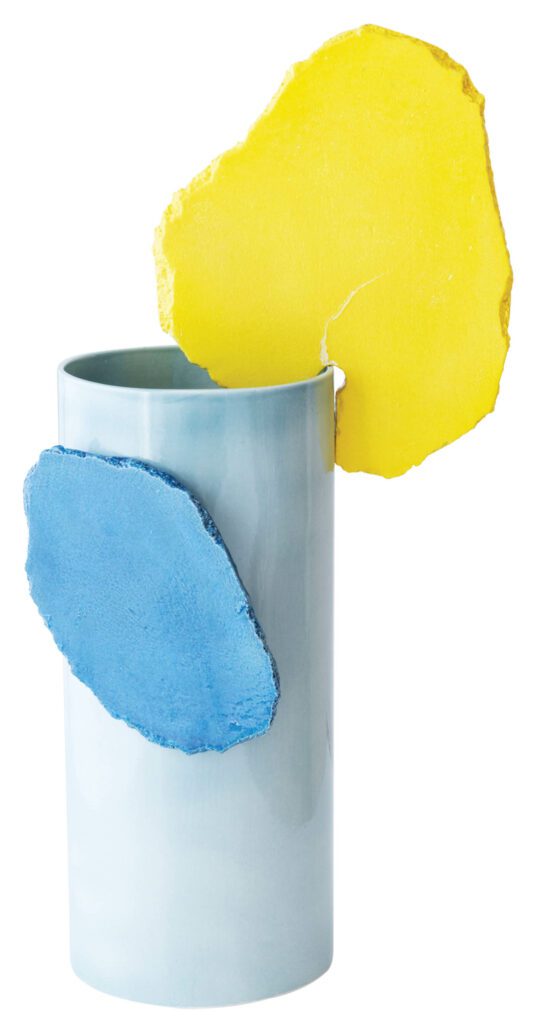
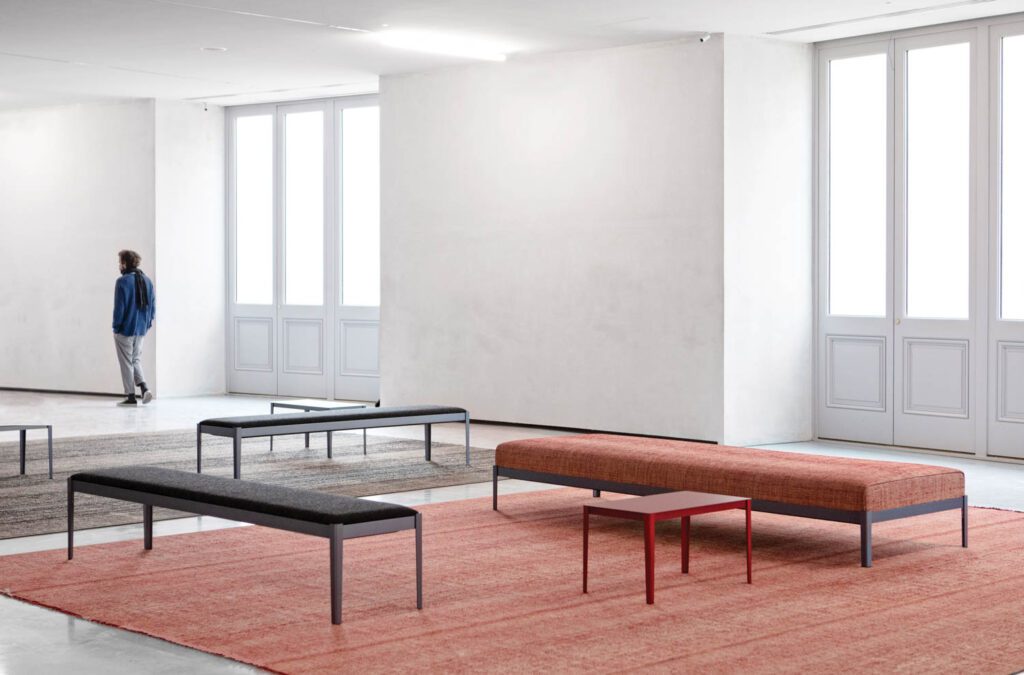
read more
DesignWire
Studio Bouroullec’s Les Fontaines des Champs-Élysées Installation in Paris Lights Up the Night
French brothers Ronan and Erwan Bouroullec brightened the Champs-Élysées in Paris with a series of six 43-foot-high glittering fountains, Les Fontaines des Champs-Élysées.
DesignWire
This Year’s Winners of Le French Design 100 Reflect the Evolving Landscape of Design
In and beyond the city of lights, France continues to shine a spotlight on design with the second edition of Le French Design 100. The digital festival, which honors the global reach of French designers, kicked off Janua…
Products
Ronan & Erwan Bouroullec Unveils Stylish, Angular Chair for Mattiazzi
In their work for Mattiazzi, designer Ronan Bouroullec, who hatched Filo with brother Erwan, says their idea for the chair started with the structure, and then the lines were filled in later.
recent stories
DesignWire
A Career In Color: Explore Olga De Amaral’s Retrospective In Miami
Explore a different perspective on color with textile artist’s Olga De Amaral’s retrospective at the Institute of Contemporary Art, Miami.
DesignWire
Cheers To 200 Years Of The National Academy Of Design
To mark its 200th anniversary, the National Academy of Design presents a showcase honoring contributions to contemporary American art and architecture.
DesignWire
U.K. Exhibit Celebrates Unseen Works By Famous Art Duo
Peruse the exhibit dedicated to Niki de Saint Phalle and Jean Tinguely at the Hauser & Wirth Somerset as part of the centenary celebration of Tinguely’s birth.
